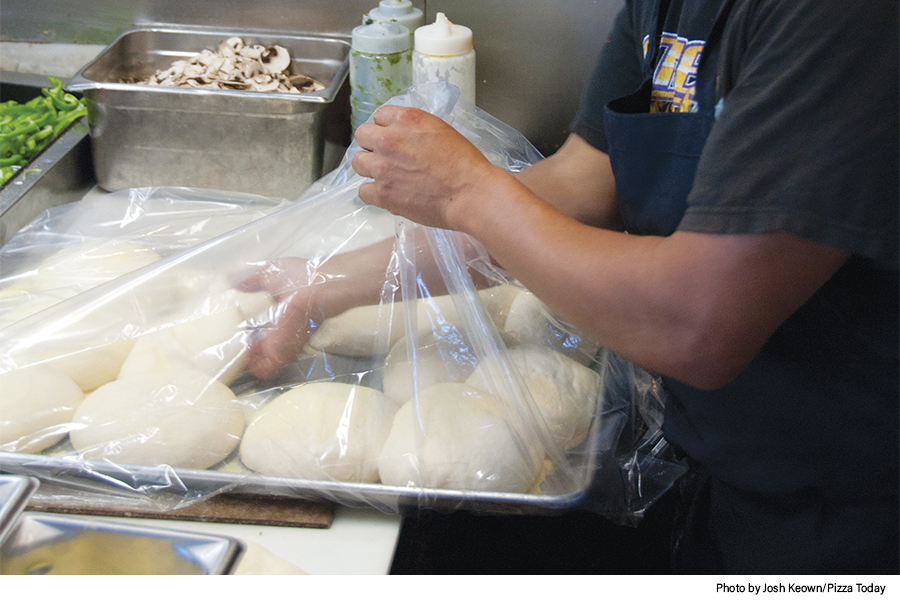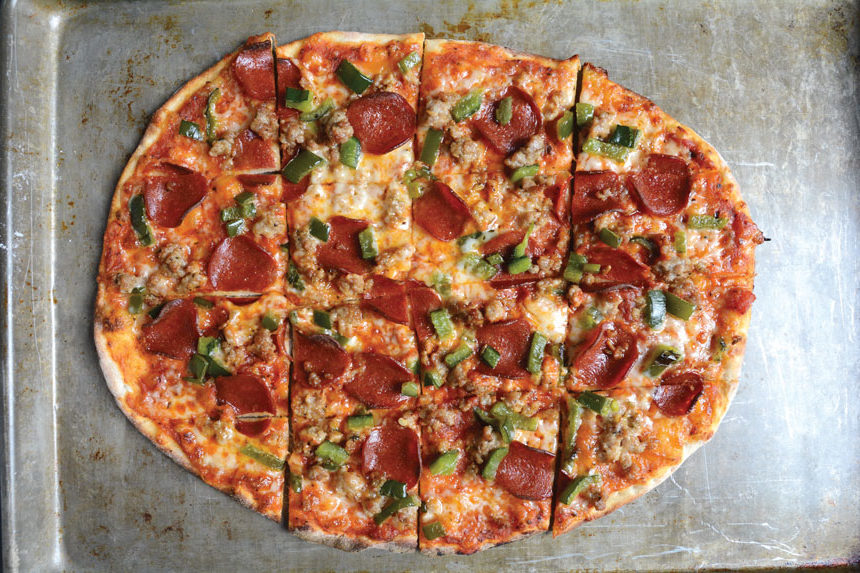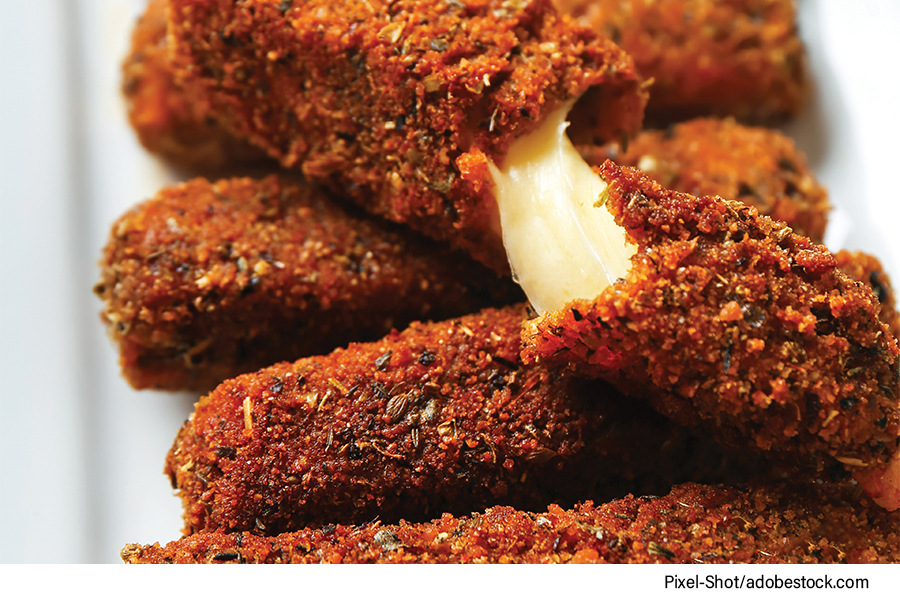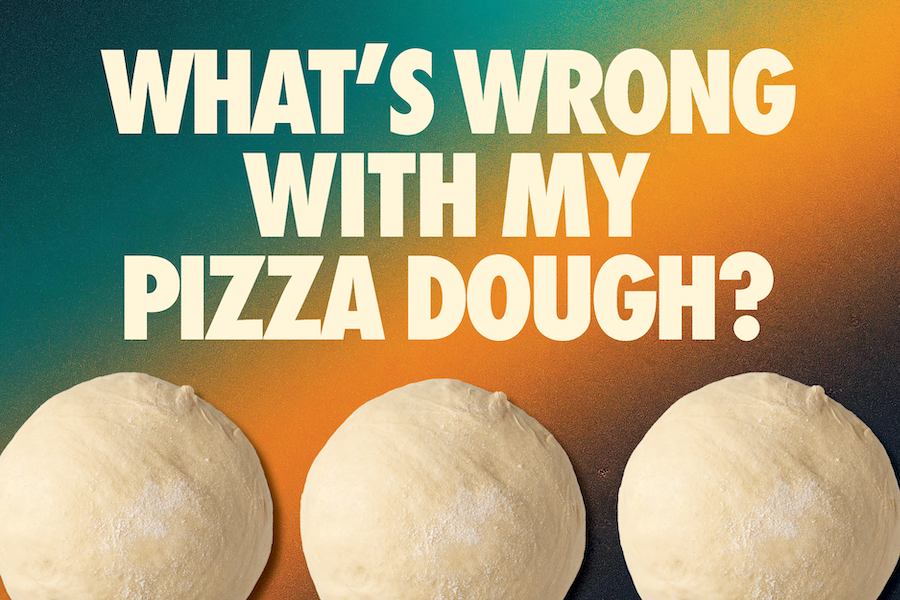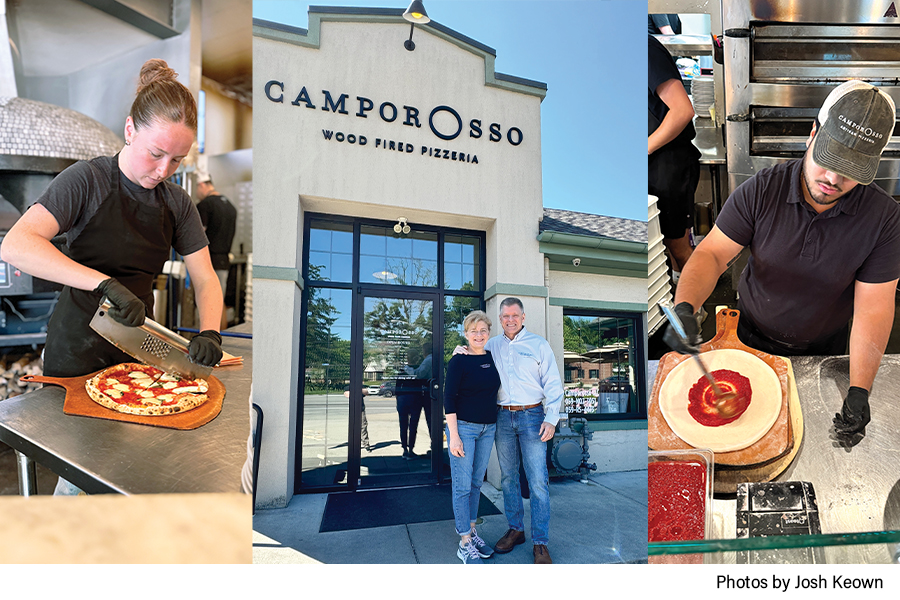When is a pizza dough overproofed and how do you fix it
When you knead to rise above over-proofed dough.
t has happened to all of us. You’re working in your busy pizzeria, the line in the lobby snakes to the door, all your ovens are full, increasing the internal temperature of your kitchen to 103 degrees. The dough that you brought out an hour ago has been proofing in the boxes for way too long and you promise yourself to get right to it, but that hour turns into 90 minutes in the frenzy.
Once the rush is over, you cautiously look in the dough box and you see dough balls that are flat, wrinkled and spent. You know there are two avenues to take; either throw the dough away or correct this over-proofed dough. You must first find out how old the dough is because this over proofed dough you’re looking at could be on its last rise. Or you could have a dough ball that has just become proofed too much and has a second rise in it.
Role of Yeast in Overproofed Dough: Feeding Frenzy
We all make a living using dough recipes that rely upon time and temperature. Time affords a period for these small natural and human-made yeast enzymes and bacteria to interact with natural sugars to create a rise in our dough. This is also regulated by the temperature at which this dough is subjected. When everything in your dough schedule goes swimmingly, you can pat yourself on the back, stand back and gaze upon the finished pizza product with pride. When you over-proof your dough, there is that sinking feeling that all that time making, resting, balling, storing and proofing your dough is wasted. There are certain ways you can tell how far along your proofing has gotten.
One way is to use your finger. Note: these examples are for dough that is not cold. Refrigerated dough may act differently.
- If the dough ball bounces back right away when pressed with your finger, it is not ready for prime time and needs to proof longer.
- If the ball is poked and the dent answers back in a slow, even fashion, it is ready to bake.
- If the dough ball has puffed up tremendously and your finger dent stays in the dough with no bounce back, the dough is borderline over-proofed.
- If the dough looks completely deflated like a wrinkly beach ball and deflates when poked with your finger, it is over-proofed.
Dough Management: Dough Nuts
As a pizza manager, your dough schedule is calculated to use the limitations of your refrigeration space, oven type and knowledge of your dough personnel. Your physical plant reflects and intermingles with the way you want your pizzas to look, taste and feel like. Dough is the platform that holds and melds with all the other flavors on your proprietary pizza and therefore is the spine of your operation. To gain more control over the way your dough is mixed and aged, you can set up a plan to make sure everyone in your pizzeria is on board. This can be a dough schedule printed and attached to a clipboard near the mixer and proofing tables. It should contain times, temperatures, mixing speeds, weights and proofing times for each batch. In a perfect world, this detailed dough production works well, but some of us with high volume pizzerias opt for a simpler dough production with small date and time stickers on the dough. These also have the names spelt, thin crust, regular, Detroit, Roman, sourdough, etc. on them. This also frees the dough people to keep a flow of dough rolling and if they have questions, they can match the type of dough to signs and recipes kept near the dough station.
What to do with an overproofed pizza dough? The Proof is in the Pudding
When you are staring at an over-proofed dough ball, you must not despair because there is a way to rehabilitate an over-proofed dough ball besides making mediocre focaccia or breadsticks out of it.
This is a secret that many great pizzaioli and bakers hold tight to their chests, ‘The Re-knead.’ It is used extensively in the airy, Roman style Pizza in Teglia, as well as high-hydration sourdough bakers. The re-knead is a dough resurrection that stretches already mixed and relaxed dough. This procedure strengthens the gluten matrix and introduces new feeding opportunities to the yeast. Most re-kneads are part of a calculated dough schedule which takes highly hydrated, cold fermented dough, brings it to room temperature for a short period of time, and re-forms a new, stronger dough ball. This technique can also be used for dough that has become over-proofed. It gives you a chance to use that secondary rise that a rehabbed gluten matrix and new yeast activity affords you.
To begin the re-knead, make sure there is no oil or hard crust on your dough ball. Take the over proofed dough ball by two opposing horizontal edges with the bottom of the dough ball toward you. Pull your hands away from one another stretching the dough until taut. Then close the dough like a book. Turn the dough ball 90 degrees and use this stretch/fold method again. Now start tucking the dough under the dough ball with your fingers and tighten the dough ball using a table if necessary. This dough ball can be sent back to the refrigerator to relax for later use or covered at room temperature to use in 20 to 30 minutes.
John Gutekanst owns Avalanche Pizza in Athens, Ohio.
>> Explore answers to more common pizza dough questions in Troubleshooting your Pizza Dough: What’s wrong with my pizza dough? <<



